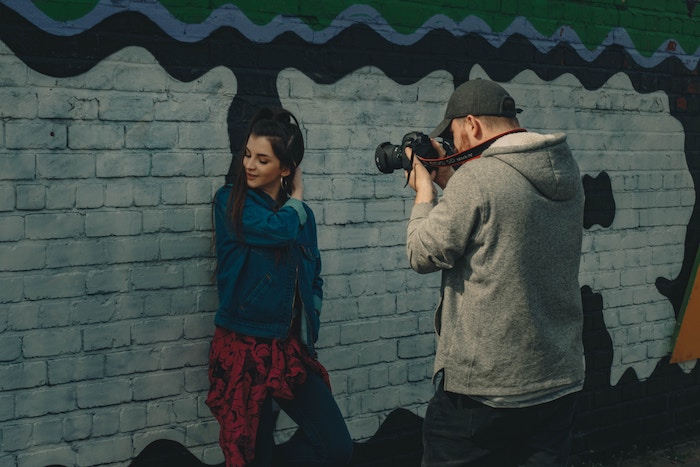Pattern making isn’t just about making patterns!

One of the first questions we are asked is what do we do. You might think that would be an easy question for us to answer, but in fact it’s different for every customer who walks through our doors! The answer is, “it depends on what you need!”.
The first question we ask is: “Are you producing your range onshore or off shore”? That is, will you be making your range in Australia or overseas?
If you are producing onshore, your manufacturer will want a sample to see how the pattern works is put together, but will also ask for cardboard graded pattern or a marker. Cardboard patterns are great if you are looking for recuts or to reuse the patterns; markers use less fabric and are cheaper if you are only doing one cut. Some manufacturers prefer markers as they don’t need to mark grain lines on both sides of the pattern themselves.
For a marker you will need to know:
· You manufacturer’s table length
· The number of lays the cutter can cut
For both a cardboard pattern and a marker you will need to know:
· The end breakdown of your order: that is, how many items in each size or variation you will want.
If you are producing offshore, there are a few variations depending on the factory you choose. Traditionally, a specification (‘spec sheet’) has been the
main source of information given to a factory. It is then up to the factory to develop the pattern based on these measurements. This has varied results
based on the quality of the spec measurements as well as the interpretation by the factory of the pattern. Personally, I believe a specification needs to come from a proven pattern
and a pattern needs to come from a proven base block in order for the final garment to fit well.
To take measurements from a garment and interpret them to a new design can miss important factors. We will talk about this in a later post ‘How to choose your pattern maker’.
Some offshore manufacturers have computerised pattern making systems which makes it very easy. This way you can export your computerised pattern to ‘DFX’, a format that all pattern making systems can read. This can be used to create a pre-production sample which you send over to show the factory the finer detail of construction; they will then make you a first sample to the quality you need.
If your factory has requested an illustrator file of a pattern, then they probably do not have a computer pattern making system. Sending a pattern in illustrator format becomes a problem as the pattern will then need to be scaled to the right size which leaves a lot of room for error! In this instance, we like to print of a base size or a graded nest of patterns onto paper, combine this with a graded specification and this package is then sent over with the approved sample. The factory will then trace off the pattern pieces from the graded nest to use for sampling and production.
Sometimes, to save shipping costs for our customers, we print off the graded sizes one by one on paper to be sent over to their factory. These can be stuck
on card and used without any variation from what has been approved.
What does all this mean for your patternmaker? It means that they have to be ready to make your vision come to life in many different possible ways, and help you communicate with your manufacturer to create the best possible product for your line.
We really hope you found this information useful. Soon we’ll be in touch to talk about the different requirements of wholesale and retail, so watch this space!
Wishing you good business
Julia and the team at The Sample Room